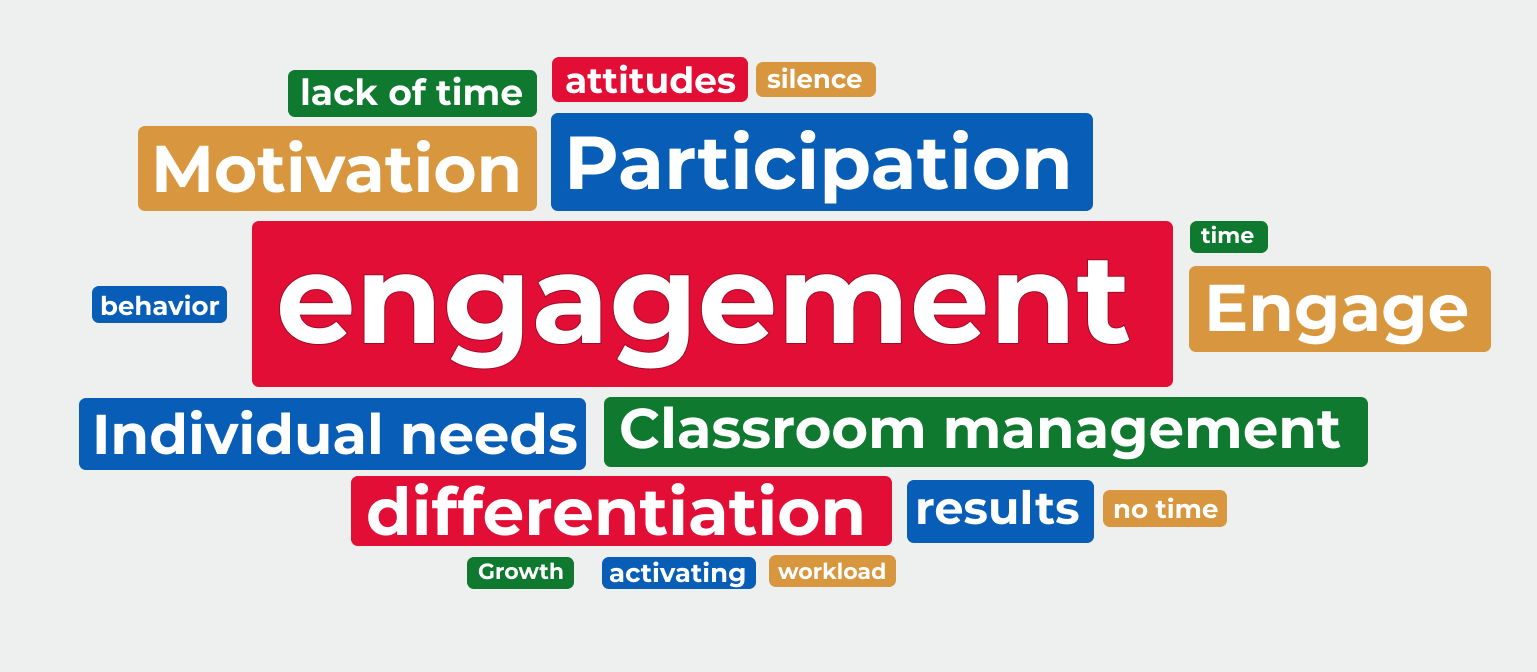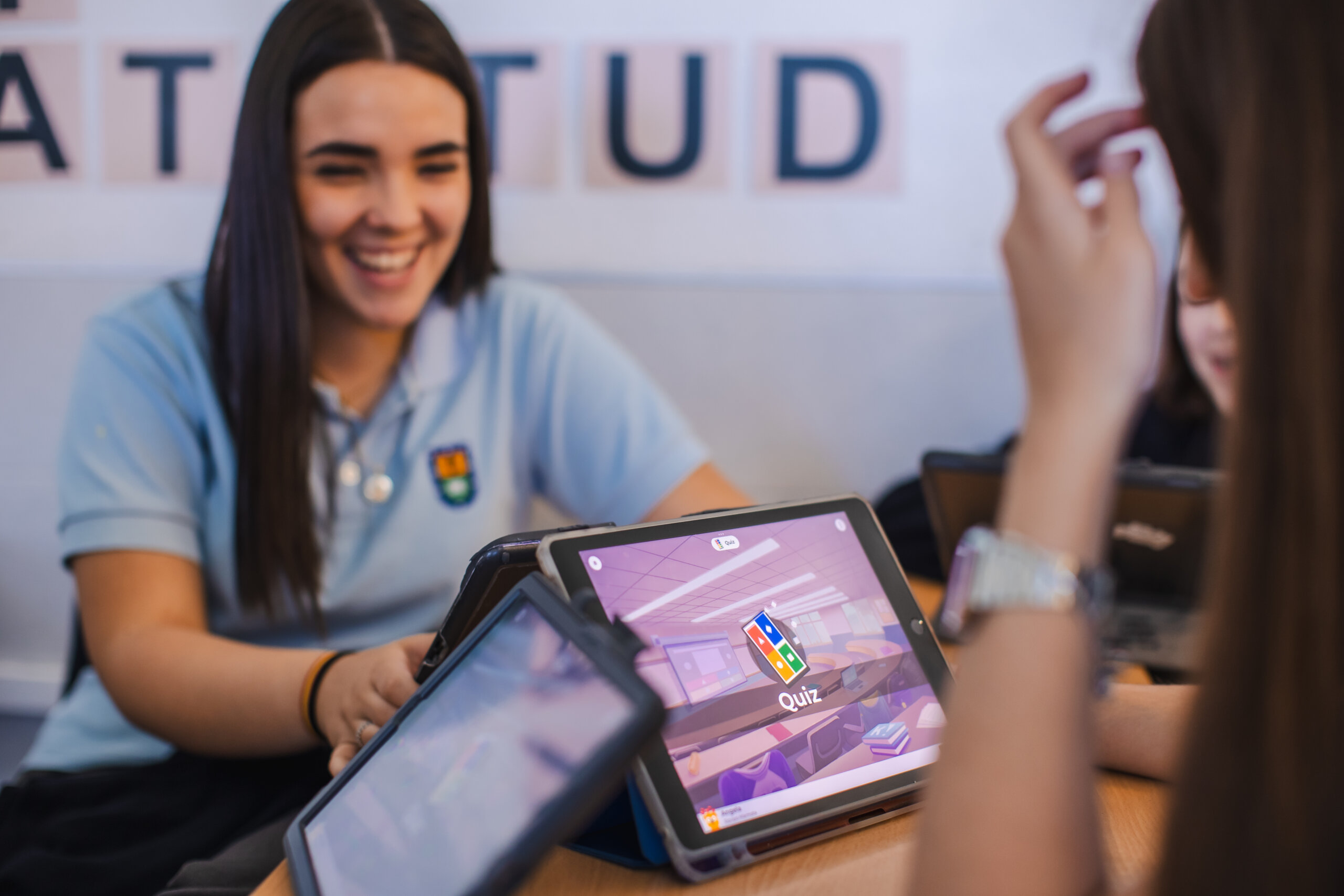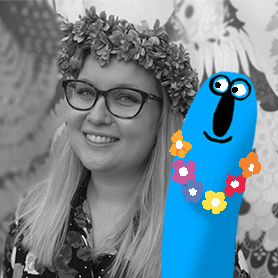I was recently leading a professional development session for a group of higher-ed educators. To get started, I asked them a simple question: “What is your biggest challenge in the classroom right now?”
As their answers populated a word cloud, a clear pattern emerged. The biggest words were engagement, participation, and motivation. It looked a lot like this:

One educator elaborated, and her words struck a chord with everyone in the room. “My challenge is the silence,” she said. “The heavy silence when I ask a question and I’m met with a sea of students trying to look anywhere but me.”
She’s not alone. As educators, our goal is to create a dialogue, not perform a monologue. But getting that conversation started can feel like treading through mud. While crickets play in the distance.
How do we break that silence and turn a quiet room into a place of meaningful discussion? How do we create a space where students can build knowledge collectively? It all starts with designing a special kind of spark.
What is an Engaging Learning Moment
The goal is to foster active learning. In their classic 1991 definition, Charles Bonwell and James Eison described this as any environment where students are invited to “do things and think about what they are doing.” An Engaging Learning Moment is a perfectly designed micro-moment of this principle in action.
It isn’t just a single “aha!” moment; here’s how we define it:
An Engaging Learning Moment (ELM) is a collective, inclusive event where playful participation transitions into deeper thinking and dialogue. It is sparked by curiosity, sustained by interaction, and transformed into meaningful learning through reflection.
It’s the transformation from quiet apprehension to a shared, active dialogue. The sound of a chatter as students debate an answer, the focused attention as they watch results appear on screen, and the shared laugh when a tricky question stumps everyone.

The Kahoot! Method: creating an ELM
An ELM doesn’t happen by accident – it’s the result of intentional design. That’s what makes Kahoot! more than just a game. By combining playful, game-based learning with proven learning science, Kahoot! becomes a powerful tool for igniting curiosity, engagement, and meaningful dialogue.
- The spark: playful, low-stakes entry
Every ELM starts by lowering the barriers to participation. Play creates psychological safety, giving every student a safe way to engage. Research shows that game-based learning consistently boosts motivation, engagement, and positive classroom dynamics. The playful format turns hesitation into curiosity, inviting every student to take part.
- The interaction: structured collective participation
This is where every student gets a voice. Interaction goes beyond choosing an answer – it’s about sharing perspectives. Different question types allow students to validate knowledge or contribute unique ideas to a shared digital canvas. Seeing everyone’s contributions on the big screen creates a foundation for inclusive, collective dialogue. - The reflection: turning data into dialogue
Reflection transforms play into purposeful learning. The shared screen shows the collective thinking of the group. Just like the word cloud exercise with educators, common themes can be highlighted to start a discussion: “This word came up a lot – what’s the story behind it?” Clustering similar answers or exploring outliers encourages deeper thinking. Facilitating conversations around students’ own ideas helps build connections, create lasting meaning, and ensure every voice is heard.
By designing for the spark, interaction, and reflection, you set the stage for a classroom alive with curiosity and conversation. Each step builds on the last: playful engagement opens the door, collective participation fills the room with voices, and reflection turns those voices into shared understanding.
It all starts with a simple question
During many professional development sessions, educators ask me, “How do I ask good questions?” or “How do I facilitate a meaningful conversation?” My answer is that it all starts with being genuinely curious about your students’ thinking and simply asking, “Why?”
“Why do you think so many of us chose this answer?” or “Why is the blue answer correct and not the red?” It’s an open prompt for students to share their thought process – a simple question that shifts the focus from finding the single “right” answer to exploring the reasoning behind all the answers.
This is what turns a Kahoot! session into a true Engaging Learning Moment: curiosity sparked through play, sustained by every student’s voice, and deepened through reflection. With just one thoughtful question, you can transform classroom silence into meaningful shared learning.




